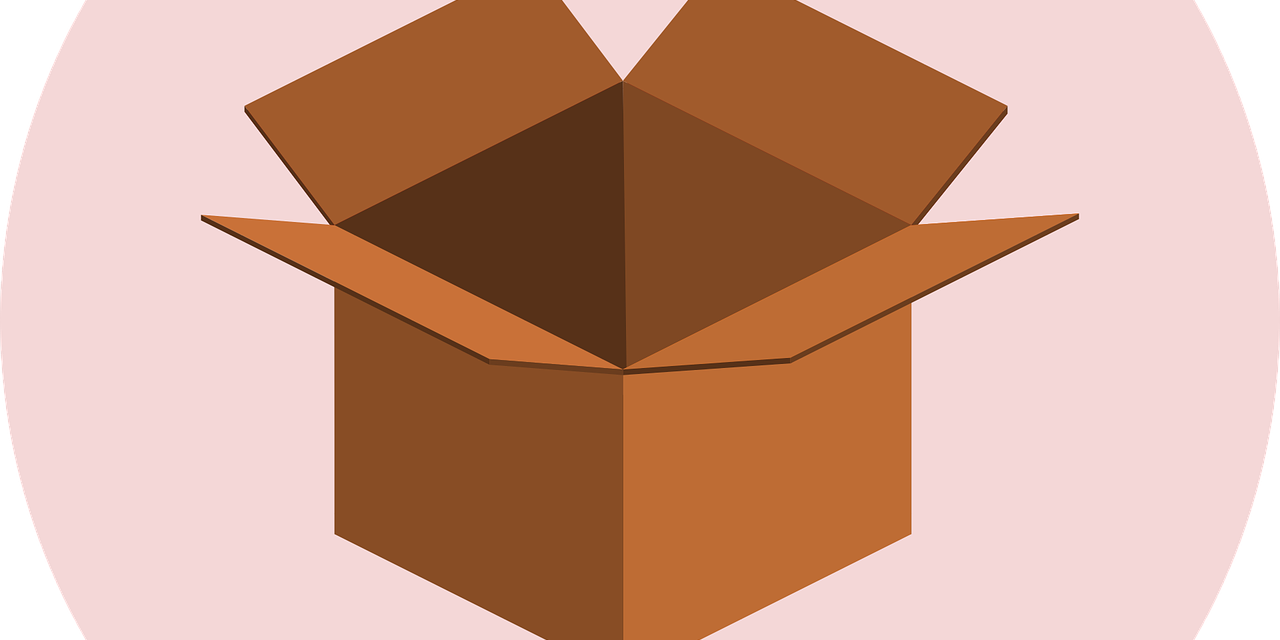We proudly present the release of EOEPCA software system v1.0, providing the essential functionality of an EO Exploitation Platform, compliant with the recently published Best Practice from the OGC EO Exploitation Platform Working Group. Now is a good time for cloud platform developers and operators to investigate the software and leverage it to make their application hosting services interoperable.
See our software page for an overview of the components with useful links. A selection of building blocks are available, addressing the three key domains identified in the architecture:
- Resource Management - data access, catalogue and discovery of data and applications
- Processing and Chaining - deployment and execution of applications
- User Management - identity, security, access control and accounting
All these components are designed to integrate and work together to provide the bare bones of a functional platform, which can then be integrated behind a web portal bespoke to each operator according to their individual service offering.
All the source code developed under this project is freely available at https://github.com/EOEPCA. Docker images are published at hub.docker.com/u/eoepca.
A brand new Deployment Guide explains how to install and configure the suite of components on a Kubernetes cluster using helm charts.
What's New?
This latest release arrived on 24 December 2021. It supersedes beta release 0.9, addressing a similar scope, but adding some important new functionality, greater stability, and improved documentation.
New functionality includes better protection of the various service end points. This ensures that a user can only access resources (e.g. processing and data) for which they are authorized. The previous version 0.9 included Policy Enforcement Points (PEP) but lacked appropriate security. That is now extended with a new UMA User Agent. Both are now bound together and deployed as a single Resource Guard component.
Stability is improved following a thorough Integration and Test campaign. For development and testing we have deployed the system on CREODIAS, which provides OpenStack infrastructure backed by Cloudferro. The development, integration and test clusters have been established using Rancher Kubernetes Engine. We are also working on the Mundi Cloud.
Documentation now includes a comprehensive Deployment Guide, describing how to deploy and configure all the components on a Kubernetes cluster. The deployment process is simplified as far as possible using helm charts, which retrieve the various containerized components from Docker Hub. The helm charts provide useful default values for many parameters. However, there will be some work to complete the integration with the underlying cloud infrastructure, e.g. configuring the object storage (S3 bucket operator), and the catalogue must be populated and configured for ingesting metadata from remote sources (harvesting).
What's Next?
Thanks to ongoing backing of European Space Agency, we will continue with our agile development process, targeting a series on incremental releases 1.1, 1.2, etc. throughout 2022. Our development team meets in two-week sprints in which a backlog of features and bugs are prioritized. Please contact us with any suggestions or requests.
Early adopters should not miss out on ESA's Operational Uptake Support Call which will provide you with additional resources to become part of the “EOEPCA Interoperable Family”.
